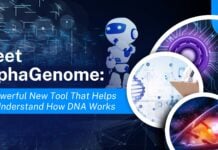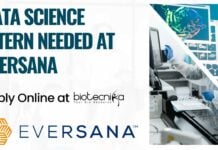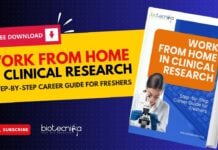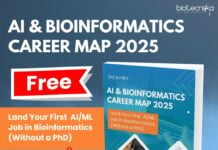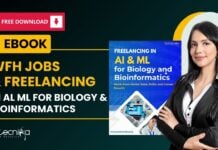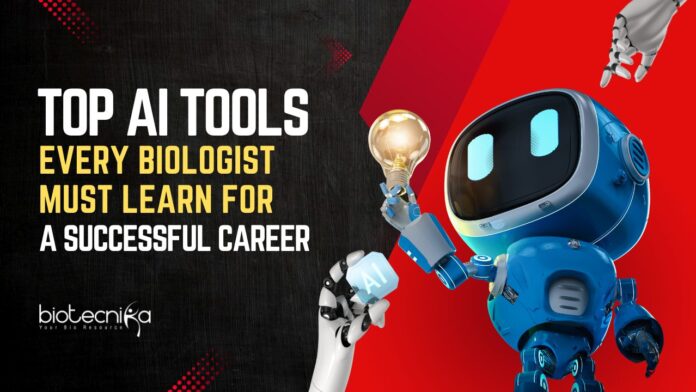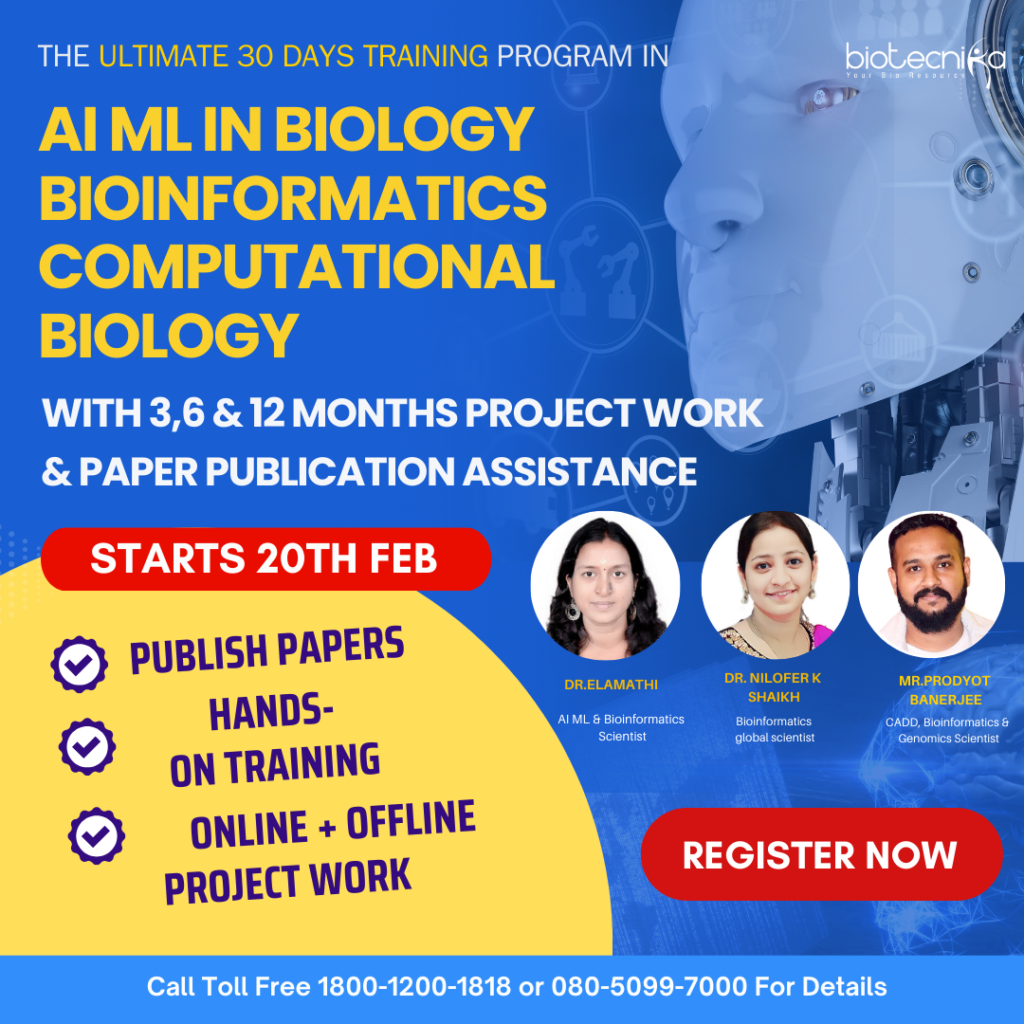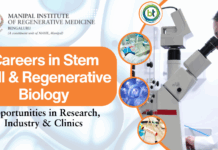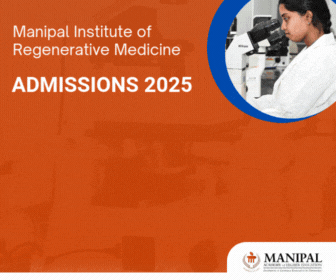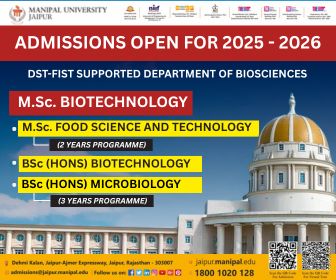Top AI Tools For Biology
Just like how AI enhances our daily lives, for example, from navigation apps predicting traffic and photo apps auto-tag friends, it is also redefining how biologists work. With AI-powered tools, tasks like identifying cellular patterns, tracking tissue changes, and enhancing low-resolution images are now faster, wiser, and more accurate than ever.
Numerous AI tools are also being used in biological fields.
Biology is being revolutionized by artificial intelligence (AI), which spurs creativity and helps scientists understand intricate biological systems. To be competitive and contribute significantly to their area, biologists must become proficient in using AI tools.
This article offers a thorough analysis of the top AI tools that biologists should become proficient with to succeed in their work.
Overview of Artificial Intelligence in Biology
The use of AI in biology has increased dramatically, helping scientists with everything from data processing to predictive modeling. Systems biology, drug development, and genomics are all being revolutionized by the combination of AI and biological sciences.
Advantages of AI in Biology:
- Managing extensive data: biological datasets generated by researchers are vast. Hence, using AI tools is essential for efficient analysis, interpretation, and visualization of this information.
- Automation of Repetitive Tasks: with the help of AI algorithms, one can automate repetitive tasks. Like automating the image analysis and sequence alignment, freeing researchers to focus on more creative tasks.
- Improved Predictive Modeling: Machine learning models enhance accuracy in predicting protein structures, disease progression, and ecological patterns.
Table of Contents
1. AI Tools for Genomics and Proteomics
1.1 DeepVariant
Google developed DeepVariant, a deep learning-based variant caller that detects genomic changes by analyzing high-throughput sequencing data. DeepVariant is trained on a set of six well-characterized human cell lines from the National Institute of Standards and Technologies (NIST).
- Key Features: The essential features include compatibility with various sequencing systems and using neural networks for precise variant detection.
- Applications: Applications include population genetics research, pathogenic variant identification, and genotyping.
- Technical Insights: DeepVariant processes genomic data using convolutional neural networks (CNNs) to produce variant calls with high specificity and sensitivity.
1.2 AlphaFold
Top AI Tools For Biology – Developed by DeepMind, AlphaFold uses AI to predict 3D protein structures from amino acid sequences with near-experimental accuracy. So far, AlphaFold has predicted over 200 million protein structures – nearly all cataloged proteins known to science.
- Key Features include revolutionary accuracy in protein structure prediction integration with databases like UniProt.
- Some critical applications include understanding the molecular mechanisms and annotating the functional protein structures. These are highly essential for drug designing purposes.
- Regarding technical insights, AlphaFold’s algorithm leverages a combination of attention mechanisms and graph neural networks to predict interatomic distances and angles.
2. AI Tools for Bioinformatics
2.1 Biopython
This open-source package, called Biopython, is used for computational biology activities such as data visualization and sequence analysis.
- Key Features of Biopython include several modules for phylogenetic analysis, sequence alignment, and biological file format parsing.
- Some critical applications include phylogenetic tree construction, workflow automation, and next-generation sequencing (NGS) data analysis.
- Regarding technical insights, Biopython is involved in Advanced data analysis and visualization. This is only possible due to Biopython’s smooth integration with Python’s scientific libraries, such as NumPy and matplotlib.
2.2 TensorFlow and PyTorch
TensorFlow and PyTorch are versatile machine-learning frameworks widely adopted for biological data analysis.
- Some key features include the support for neural network training, high scalability, and integration with GPUs for computational efficiency.
- Building predictive models for gene expression, classifying cell types, and modeling biological networks are the crucial applications of TensorFlow and PyTorch tools.
- TensorFlow and PyTorch offer pre-built models like convolutional neural networks (CNNs) and recurrent neural networks (RNNs), which are effective for biological sequence analysis.
3. AI Tools for Drug Discovery
3.1 Atomwise
This AI tool is widely used for drug discovery purposes. Atomwise applies AI to perform virtual screening of small molecules, accelerating the drug discovery process.
- They are specifically built to predict the binding affinity of molecules using AI and reduce dependency on wet lab experiments.
- A few essential advantages include identifying lead compounds, analyzing toxicity, and optimizing molecular properties.
- Atomwise uses a deep learning architecture called AtomNet, which employs CNNs to analyze molecular 3D structures and predict protein-ligand interactions.
3.2 Chemprop
Chemprop uses graph convolutional networks (GCNs) to predict chemical properties based on molecular structures.
- Key Features: Robust property prediction supports multi-task learning for simultaneous predictions.
- Applications: Drug design, predicting ADMET (absorption, distribution, metabolism, excretion, and toxicity) properties.
- Technical Insights: Chemprop encodes molecular graphs as node-edge relationships, enabling precise modeling of chemical interactions.
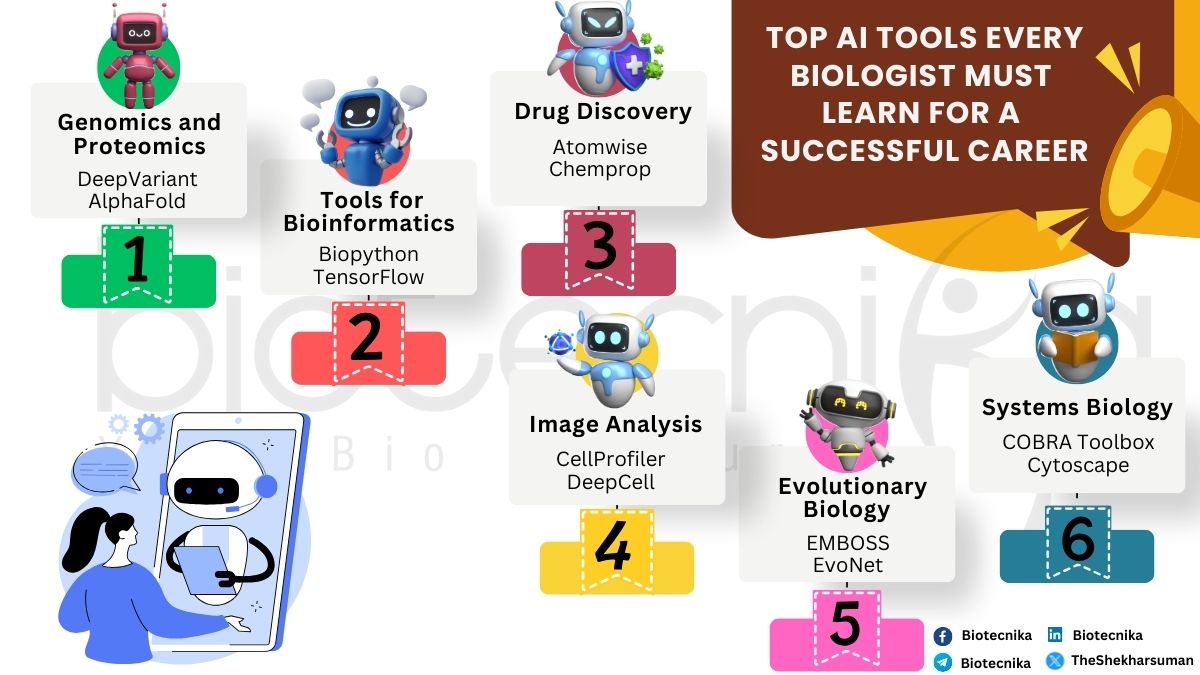
4. AI-Powered Instruments for Image Analysis and Microscopy
4.1 CellProfiler
CellProfiler An open-source program called CellProfiler was created to extract quantitative information from biological photographs.
- Key features include batch processing at high throughput and image analysis pipelines that may be customized.
- Applications include morphological change analysis, cellular subpopulation identification, and phenotypic profiling.
- Technical Details: For more complex feature extraction and classification tasks, CellProfiler facilitates integration with machine learning libraries.
4.2 DeepCell
DeepCell analyzes cellular photos with great accuracy by using AI-powered image segmentation methods.
- Key features include comprehensive segmentation across various cell types and real-time cell tracking.
- Applications include developing cell atlases, researching tissue architecture, and analyzing cell behavior.
- Technical Details Pixel-wise predictions for high-resolution microscopy images are made possible by DeepCell’s usage of a U-Net architecture for image segmentation.
5. AI for Ecological and Evolutionary Studies
5.1 MaxEnt
MaxEnt (Maximum Entropy Modeling) predicts species distribution by analyzing environmental and occurrence data.
- Key Features: Intuitive modeling interface, high-performance predictions.
- Applications: Conservation biology, climate change impact studies, and ecological niche modeling.
- Technical Insights: MaxEnt employs regularization techniques to avoid overfitting and supports integration with geographic information systems (GIS).
5.2 EvoNet
EvoNet uses machine learning to analyze phylogenetic networks and evolutionary relationships.
- Key Features: High-resolution network visualization modular analysis capabilities.
- Applications: Studying speciation events, analyzing horizontal gene transfer, and reconstructing evolutionary histories.
- Technical Insights: EvoNet’s algorithms leverage Bayesian inference for statistical analysis of evolutionary models.
6. AI for Systems Biology
6.1 COBRA Toolbox
The constraint-based modeling of metabolic networks to mimic biological processes is made possible by the COBRA Toolbox.
- Key Features: Facilitates route optimization, gene knockout simulations, and flux balance analysis (FBA).
- Applications include studying cellular metabolism, improving bioproduction procedures, and researching metabolic illnesses.
- Technical insights: COBRA Toolbox solves metabolic flux distribution problems using linear programming strategies.
6.2 Cytoscape
One of the best tools for network analysis and visualization, especially for networks including molecular interactions, is Cytoscape.
- Key features include an ecosystem of plugins for expanding functionality and sophisticated data integration.
- Applications include examining gene regulatory networks, mapping signaling pathways, and researching protein-protein interactions.
- Technical Details: For extensive analyses, Cytoscape facilitates scripting using Python and R and integration with external databases.
Platforms like Kaggle and EMBL-EBI offer datasets for practicing AI techniques in biological research.
Integrating AI tools into biology has opened up new frontiers for research and innovation. By mastering tools like DeepVariant, AlphaFold, and TensorFlow, biologists can unlock groundbreaking opportunities and accelerate their career growth. Building a solid foundation in programming and machine learning will enable you to harness the full potential of AI and make impactful contributions to the field of biology.
Master AI & ML in Bioinformatics and set your career on the fast track to success.
Let’s Talk: https://bit.ly/aiml-whatsapp
✅ AI & ML in Biology, Bioinformatics & Computational Biology https://btnk.org/ai-ml-project-2025
Program Starts: 20th Feb 2024

